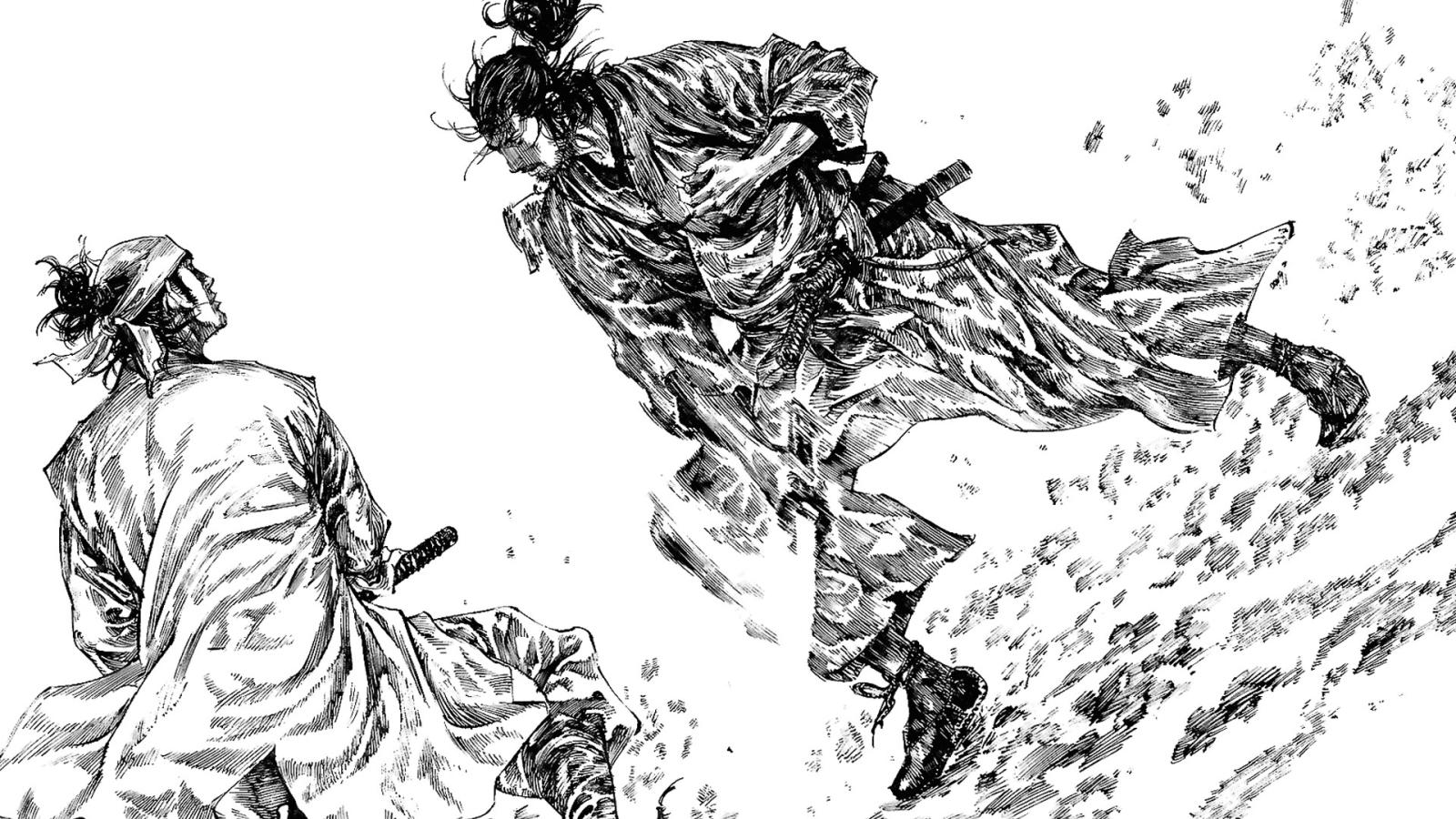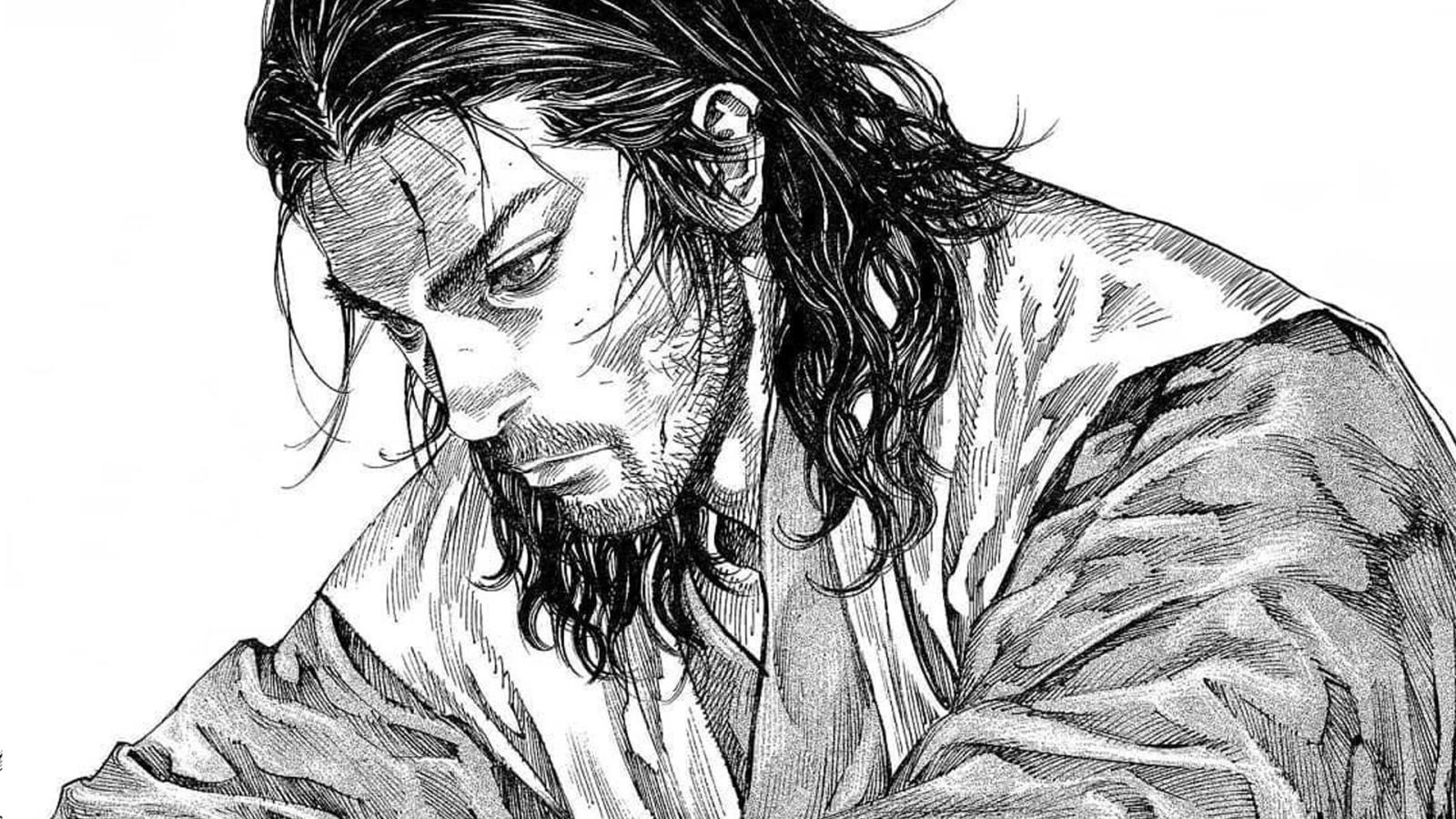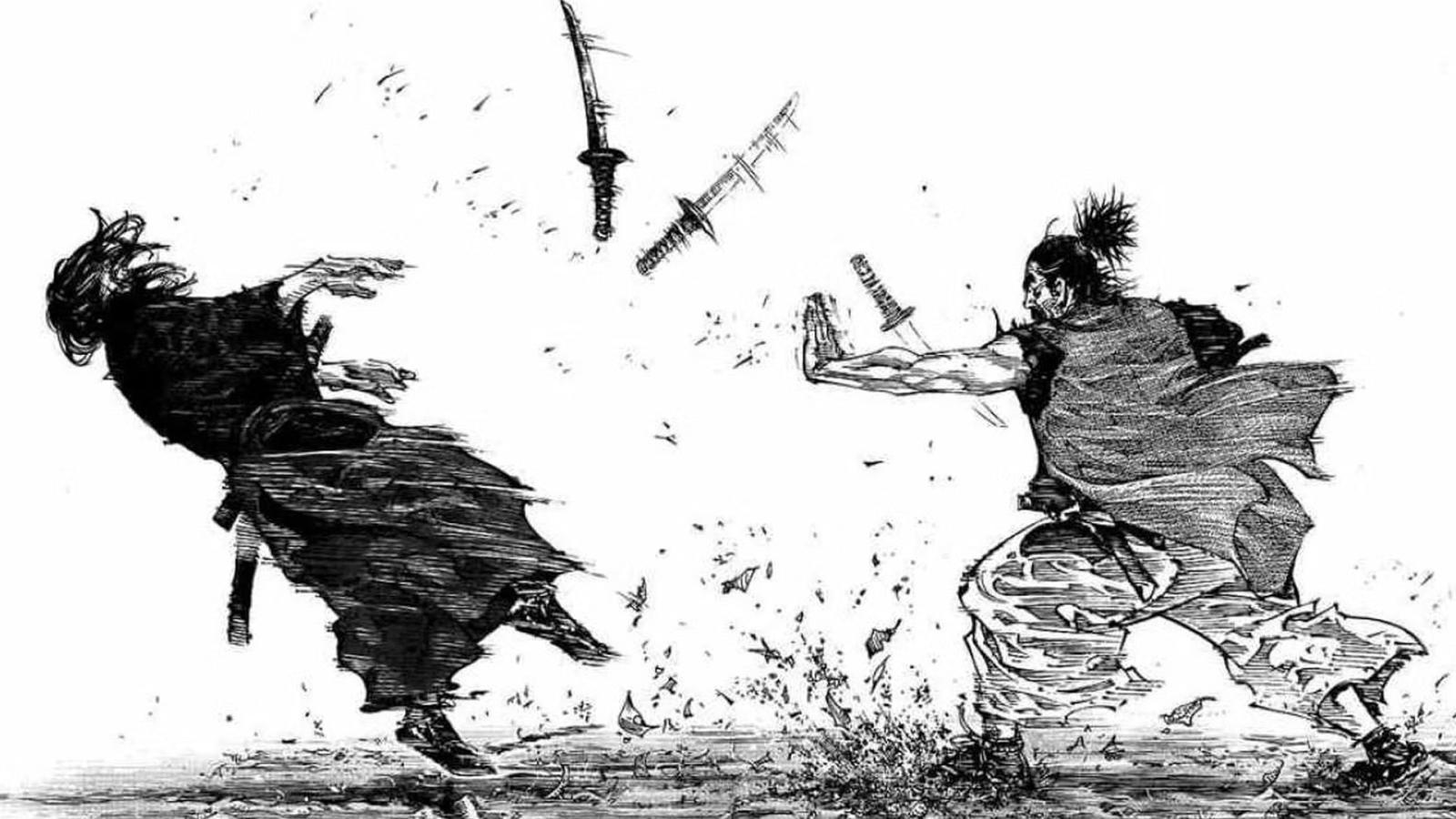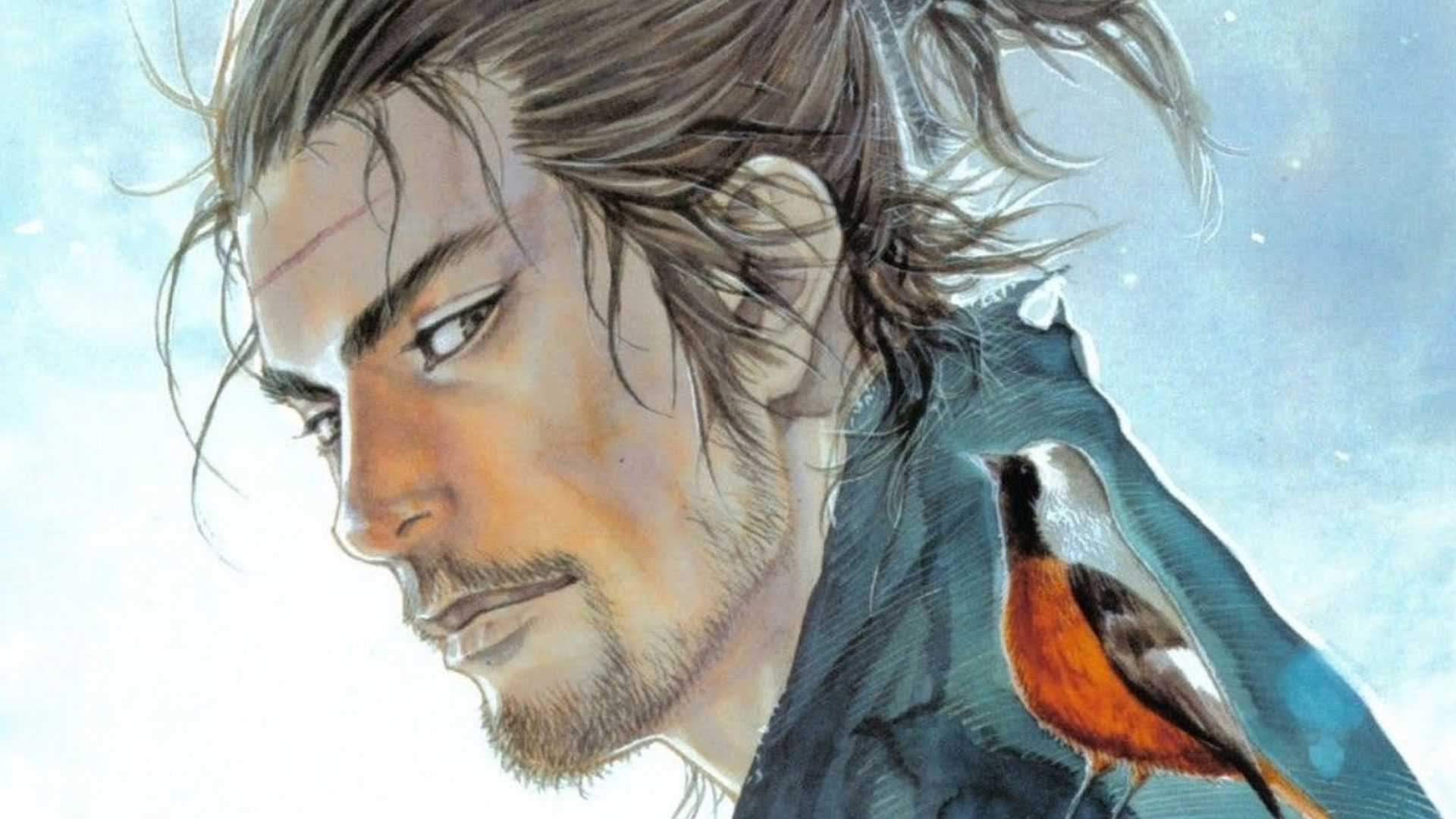When you love something so much it hurts.
Summary:
- Vagabond is one of the most awarded manga of all time, but now it's on an indefinite hiatus.
- Takehiko Inoue started his manga author journey with Slam Dunk, a basketball manga that was slightly based on his own life.
- Vagabond became his passion project, challenging him in both writing and art.
- Vagabond requires a lot of research and power to do, but Real is something of a safe haven for Inoue.
- Maybe one day Vagabond will return.
Vagabond is regarded as one of the most stunning-looking manga of all time. And for a reason: its author, Takehiko Inoue, pours all his talent into making it look as great as possible. It was always like that: Inoue never regarded himself as a great artist, but he was incredibly inspired by the story he wanted to tell, so he worked on it with all the passion he had.
Yet Vagabond had a pretty bumpy publication ride, with multiple long-term hiatuses — and it's currently on an extended hiatus, too. And people are curious: why? Inoue works on his other project now, Real, but not on Vagabond.
Base Your Fiction on Your Life

The answer lies in the relationship between Vagabond and Inoue himself, and also in Inoue's life. He achieved his fame with the release of Slam Dunk — one of the most influential sports manga of all time. The story is slightly autobiographical: Inoue himself, much like the series' protagonist, Hanamichi Sakuragi, joined the basketball club to get some girls and deal with boredom — but fell in love with the sport in the process. His love for basketball and depiction of characters' growth through the sport is something that captures the hearts of the readers more than thirty years later.
Slam Dunk was so influential that it made basketball popular in Japan — a sport that was previously very niche for the whole nation. After the series was finished, Inoue started another basketball-related manga, Buzzer Beater, which was also critically acclaimed but didn't stir the general population as much as Slam Dunk.
Inspiration Hits You Hard

He then read novels by Eiji Yoshikawa depicting the adventures of Miyamoto Musashi, an actual historical figure, with a bit of a fictionalized flair, and fell in love with it; that's how Vagabond was conceived. He thought that samurai and basketball players are pretty similar, as both hate to lose, but he changed the focus of the story, targeting his new work to a more adult audience.
The story follows the younger Musashi, one who's still on the quest of looking for enlightenment, and this quest is filled with blood and introspection. He started exploring much darker themes, upped the complexity of the writing, and took a lot of artistic challenges, trying to do the story that simmers in his head justice. With this approach, the passion project soon turned into the obsession project.
Perfectionism Is Painful
Inoue, like many artists, has his own scale of perfection, and for him, every single detail of Vagabond should be crafted in the most meticulous way. He sets the highest standards for this work, and that takes a toll on him. But basketball is something that is a safe haven for him; a love for this sport is so deeply rooted in him that working on basketball stories makes him feel more at ease, as it's something he's deeply familiar with. It's one of the reasons he started the manga Real in 1999, one that follows the story of wheelchair basketball players, and it's the reason why he’s still working on it now and not on Vagabond.
Vagabond is a masterpiece both in art and writing, and for Inoue it feels like every single aspect of it should be thoroughly researched to be properly portrayed. It explores the concepts of life and death, of finding your own path, and for Inoue it was a way to remind Japanese people of their country's history, as he believed that they started to pay less attention to it. With Real, he can let go of his perfectionism a little bit and be in the environment he's the most comfortable in. He doesn't have to challenge himself all the time.
It doesn't mean that Real is a simple story: it's very emotionally intense, as it deals with lots of traumatic experiences, from psychological inferiority that follows the characters with physical disabilities to their daily struggles, from being marginalized to finding the passion and working towards it. It's also targeted at the older audience, but it deals with something that Inoue can call his personal safe space: basketball.
The difference between Vagabond and Real is staggering, as Vagabond follows the story of a solitary man who realizes the horrors of his actions and the world surrounding him, whereas Real is concentrated on the bonds the people, who feel limited in their possibilities, create and support each other through them.
Hope Is Not Lost

He stated "research" as the reason for the current hiatus of Vagabond. This story doesn't focus only on fights; it explores Musashi's daily life, too, making him appear more realistic, more humane, and not just a historical figure shrouded in mysteriously exaggerated myths.
Crafting a character like that takes a lot of thought and requires a lot of nuanced world-building, which explains why the research can be that extensive. In an interview in October 2010, Inoue stated that he didn't even know which direction he was going to take Vagabond and whether he wanted to work on it. He seemed burnt out — and maybe he still is.
Vagabond is just very hard to make, and that's why Inoue right now prefers to deal with the story in a more familiar setting. Hopefully one day he will find the strength to continue his masterpiece. Until then, though, we will enjoy what he has already released.

